Wolves fight with honor. Hyenas fight dirty. And when these two packs clash, it’s not a scuffle—it’s a full-blown turf war.
This isn’t some fairytale about predators in the wild. This is a gritty, no-rules showdown between two of nature’s fiercest crews—battle-tested, razor-toothed, and fueled by survival.
One runs on loyalty and strategy.
The other thrives on chaos and cruel cunning.
Who really dominates when a wolf pack meets a hyena mob?
Who breaks first—and who walks away with the spoils?
Get ready for blood, teamwork, betrayal, and brute force.
These aren’t just animals.
They’re warriors.
And this is the savage gang war you never knew you needed to see.
The Social Structure of Wolf Packs

Wolves are known for their intricate social structures, resembling a close-knit family. An alpha pair leads the pack, often consisting of just one male and female who are usually the only breeders. Younger wolves play roles like caretakers or hunters, ensuring the pack’s survival. Unlike many solitary predators, wolves rely heavily on cooperation and communication. Their howls, postures, and interactions form a language that strengthens their bonds. This social organization and teamwork enable wolves to hunt larger prey and defend their territory effectively. Even in the wild, the strength of a wolf pack lies in its unity.
Hyena Clan Hierarchies
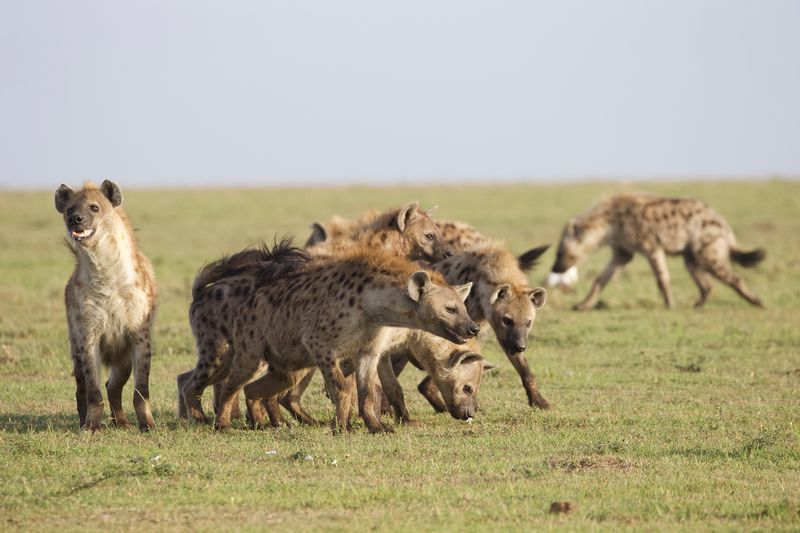
Unlike wolves, hyenas operate under a matriarchal society. The female hyena, often larger and more dominant, leads the clan with authority. This matriarchal system is rare among carnivores and gives hyena clans a unique edge. The social structure revolves around complex relationships, with females typically outnumbering males. Young hyenas learn quickly from observing their elders. Despite their reputation as scavengers, hyenas are skilled hunters and fiercely defend their territory. Their vocalizations, ranging from laughter to growls, convey messages crucial for maintaining order within the clan. In hyena society, power and survival go paw in paw.
Communication Skills of Wolves
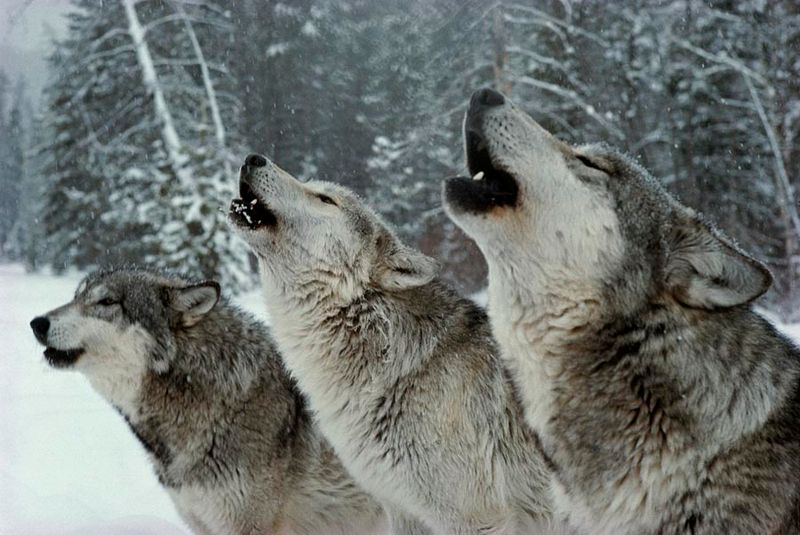
Communication is key to the success of wolf packs. Wolves utilize a range of vocalizations, including howls, barks, and growls, each serving a distinct purpose. Their howls can be heard over great distances, used to rally the pack or warn rivals. Body language also plays a vital role. Tail positions, ear movements, and facial expressions convey emotions and intentions. This complex communication network allows wolves to coordinate hunts and maintain social harmony. Through such sophisticated methods, wolves remain one of nature’s most intriguing communicators, illustrating the power of collective action and understanding in the animal kingdom.
Hyena Vocalizations and Their Meanings
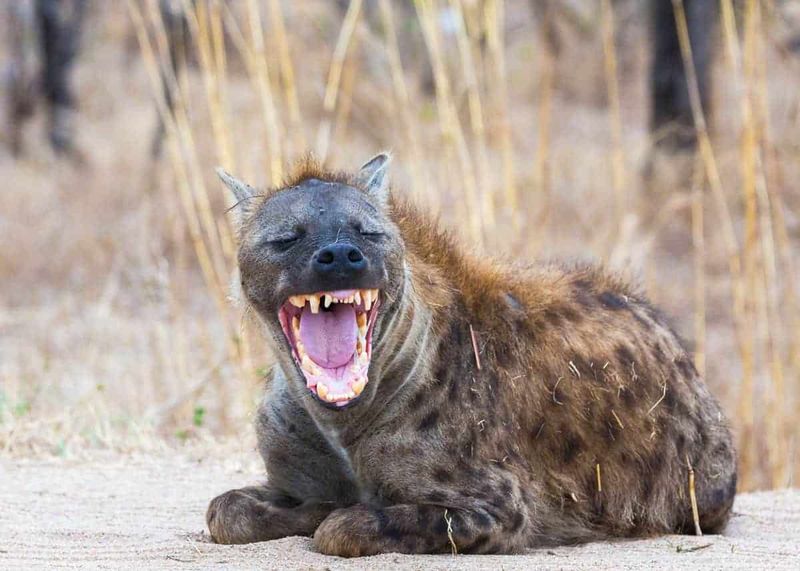
Hyenas are famously known for their eerie laughter, but their vocal repertoire is vast. Each sound carries specific meanings, from alerting the clan to danger to expressing excitement or submission. Regarded as one of the noisiest animals, hyenas can communicate over long distances. Their ability to maintain contact within the clan is crucial for their survival. The ‘laugh’ serves as a social bonding tool, while whoops and growls convey different messages. This vocal diversity underscores the complexity of their social interactions, revealing the intelligent and strategic minds behind their often misunderstood facade.
Hunting Techniques of Wolves
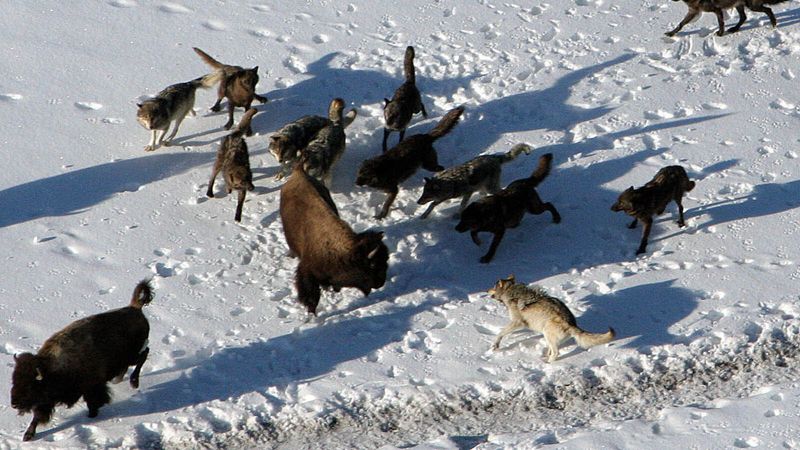
Wolves are master tacticians in the wild. When hunting, they employ strategic maneuvers to outsmart their prey. A typical hunt involves several stages: tracking, isolating, and ambushing. Wolves work as a cohesive unit, often chasing prey into ambushes set by fellow pack members. Their intelligence and patience allow them to take down animals much larger than themselves. This cooperative hunting strategy requires precise communication and timing. Each member has a role, from leaders to chasers, showcasing the efficiency of pack dynamics. Through skillful coordination, wolves maintain their reputation as formidable predators in the animal kingdom.
Hyena Hunting Strategies

Hyenas are often misjudged as mere scavengers, but they are proficient hunters. They employ a combination of endurance and teamwork to catch prey. Hyenas can run for long distances without tiring, wearing down their targets. Their hunting strategy often involves encircling prey and using their strong jaws to deliver a powerful bite. Unlike wolves, hyenas don’t rely purely on speed; they use their cunning and strength. This endurance-based approach maximizes their chances of success. Despite facing competition from other predators, hyenas’ adaptability and resourcefulness make them tenacious hunters, ensuring their survival in harsh environments.
Territorial Behavior in Wolves
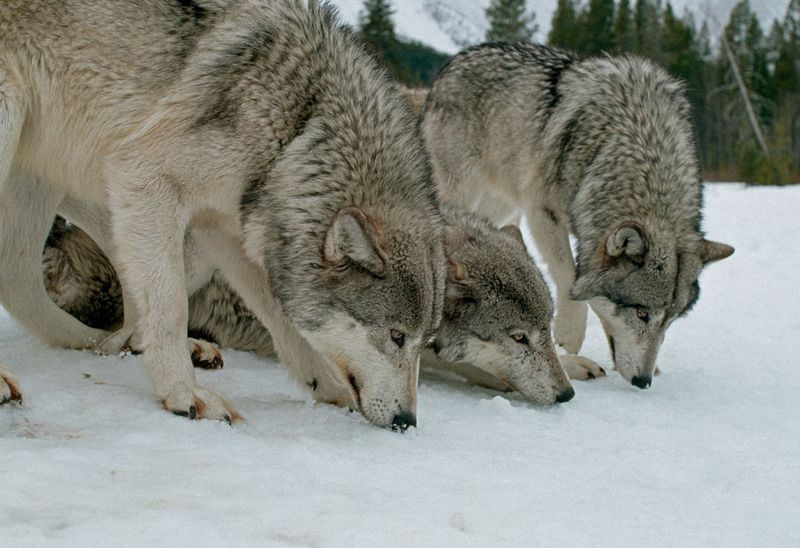
Territory is crucial to wolf packs. They mark their domains with scent markings and vocal displays to warn rivals. Territorial boundaries are fiercely defended, especially during breeding seasons. Wolves patrol their territory regularly, ensuring no intruders threaten their resources. This behavior reflects their need for abundant prey and safe space for raising young. Territorial disputes can lead to fierce confrontations, but they also foster cooperation within the pack. As a result, wolves develop strong attachments to their territory, which becomes a symbol of their identity and survival. The balance of aggression and protection defines their territorial nature.
Hyenas and Territorial Disputes
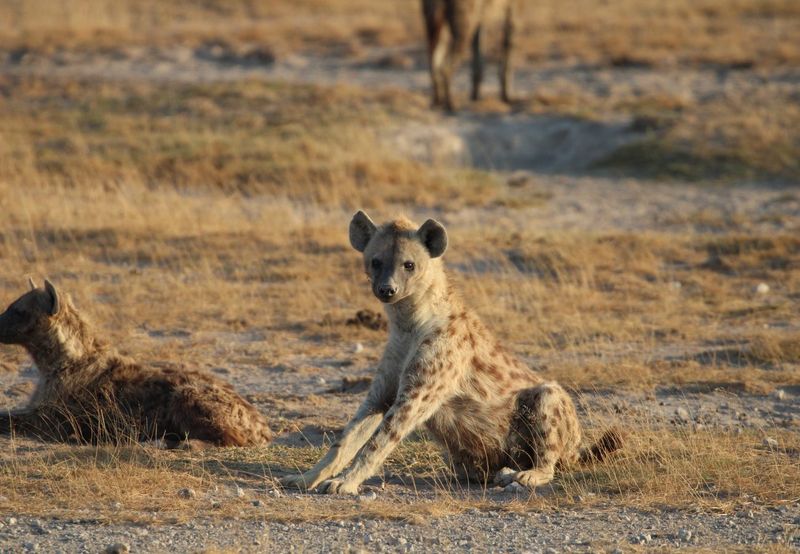
Hyenas are territorial creatures, fiercely protecting their home ranges from intruders. Territorial disputes often involve vocal confrontations and displays of strength. The matriarch leads these defenses, asserting the clan’s dominance. Such disputes are not just about land; they ensure access to food and breeding sites. Hyena clans are known to engage in intense battles with lions and other predators, showcasing their resilience. These confrontations highlight the importance of strategy and social cohesion. By understanding the intricacies of their territory, hyenas maintain their standing in the animal hierarchy, illustrating a complex blend of aggression and diplomacy.
The Role of Alpha Wolves
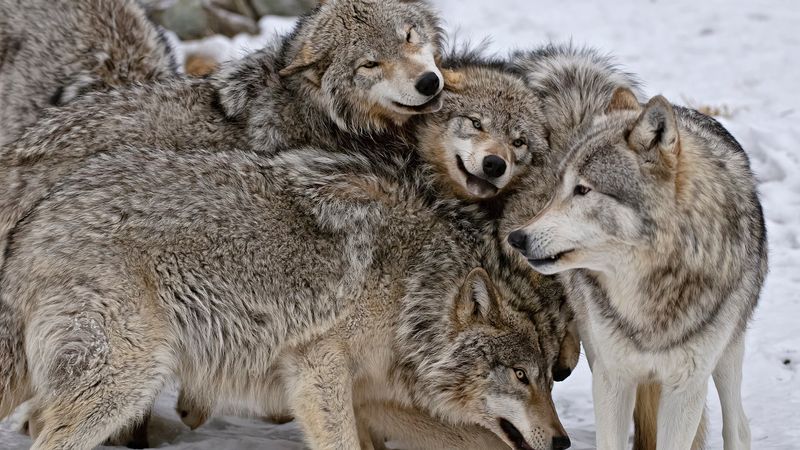
The alpha wolf is a symbol of leadership and strength. As the head of the pack, the alpha makes critical decisions about hunting, resting, and defending territory. This role requires intelligence and experience, guiding the pack through challenges. The alpha’s authority is established through dominance displays and strategic thinking. Unlike popular belief, true alphas are not always the biggest or strongest but are often the most respected. They cultivate harmony within the pack, ensuring cooperation and unity. The alpha wolf embodies the essence of leadership in the wild, balancing power with responsibility and wisdom.
Hyena Matriarchs: The Real Leaders
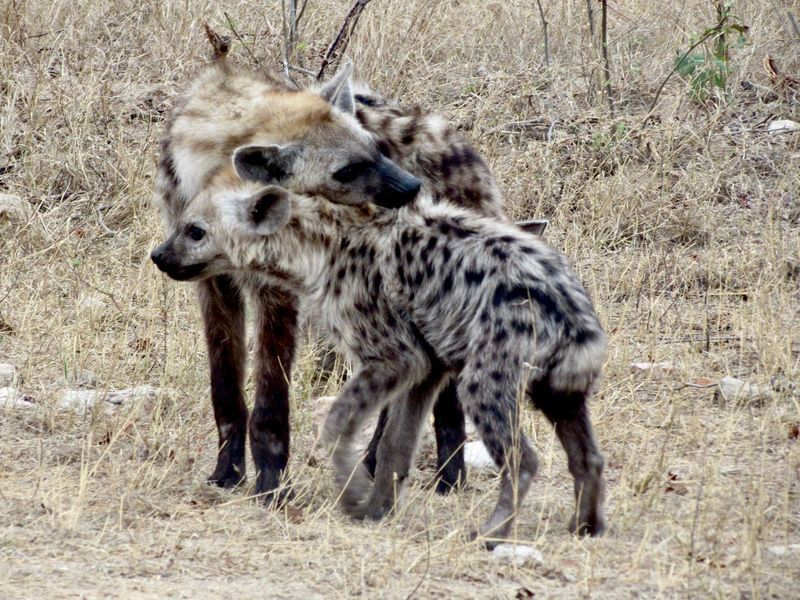
Hyena society is led by matriarchs, whose leadership is rooted in strength and social intelligence. The matriarch’s role is pivotal, overseeing hunting and defense strategies. Female hyenas are larger and more dominant, commanding respect and authority. This matriarchal leadership challenges traditional perceptions of animal hierarchies. The matriarch’s ability to maintain social order and resolve conflicts is vital for the clan’s survival. Her leadership is not just about power but also about nurturing and protecting the clan. In hyena society, the matriarch exemplifies a blend of power and empathy, making her an iconic figure in the animal kingdom.
Wolf and Hyena Adaptability
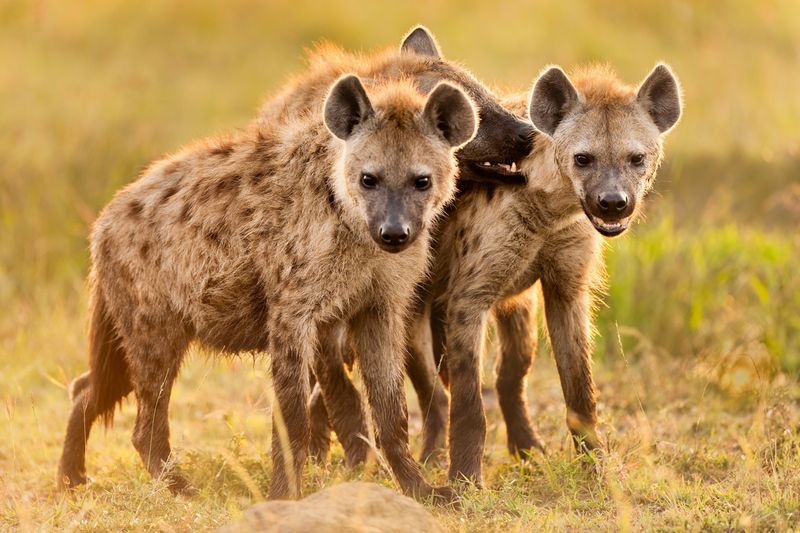
Adaptability is a hallmark of both wolves and hyenas. Wolves thrive in diverse environments, from forests to tundras, adjusting their hunting and social strategies accordingly. Hyenas, primarily found in the African savannah, exhibit remarkable resilience to challenging conditions. Their ability to thrive in harsh climates and adapt their diet makes them formidable survivors. Both species demonstrate flexibility in social structures, hunting techniques, and territorial behaviors. This adaptability ensures their survival in ever-changing environments, highlighting their evolutionary success. The shared trait of adaptability underscores the dynamic nature of these animals, making them enduring symbols of resilience.
Coexistence Challenges
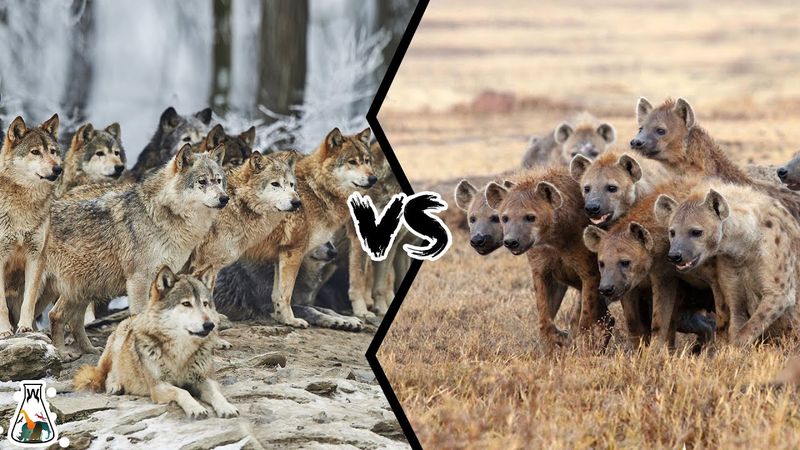
In ecosystems where wolves and hyenas coexist, competition for resources can lead to tension. Both being apex predators, they vie for similar prey, leading to encounters that test their strategies and resilience. However, coexistence is not solely about conflict. These species contribute to ecological balance by controlling prey populations. Their presence influences the behavior and distribution of other wildlife, shaping the ecosystem. This balance of competition and coexistence presents a complex dynamic where survival is a constant negotiation. Understanding these relationships offers insights into the broader picture of biodiversity and the interconnectedness of nature’s web.
Cultural Perceptions of Wolves and Hyenas

Wolves and hyenas have long held places in human culture, often symbolizing contrasting ideals. Wolves, seen as noble and loyal, feature prominently in folklore as guardians or villains. Conversely, hyenas are often depicted as cunning or malevolent creatures. These cultural narratives influence public perceptions, affecting conservation efforts and attitudes towards these animals. The dichotomy between the revered wolf and the maligned hyena reflects deeper societal values and fears. By examining these stories, we gain insights into human psychology and the role of symbolism in shaping our understanding of nature. This cultural lens adds depth to the animals’ real-world complexities.
Conservation Efforts and Challenges
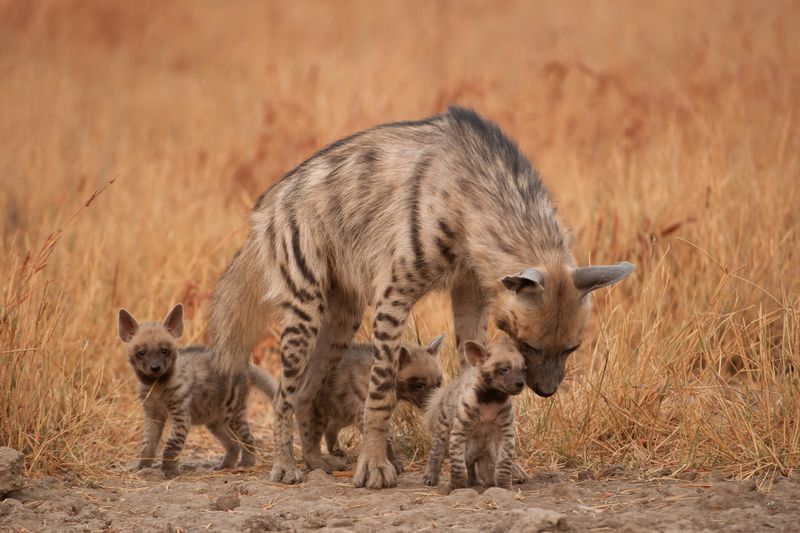
Conservation efforts for wolves and hyenas face distinct challenges. Wolves, often romanticized, benefit from protective legislation and reintroduction programs. Yet, they encounter habitat loss and human-wildlife conflict. Hyenas, misunderstood and less favored, face severe threats from habitat encroachment and poaching. Conservationists strive to change perceptions and implement strategies that ensure the survival of both species. Education and community involvement play crucial roles in these efforts. By addressing the root causes of conflict and fostering coexistence, conservationists aim to preserve these iconic species. The journey towards coexistence reflects broader environmental challenges and the need for sustainable solutions.

